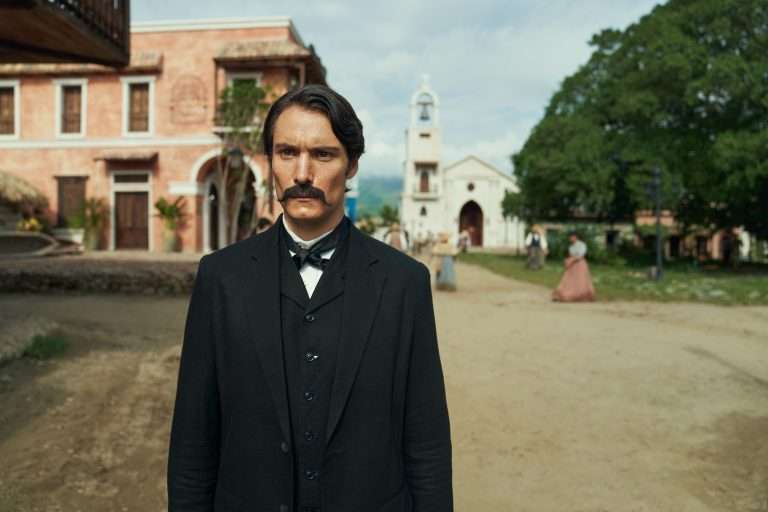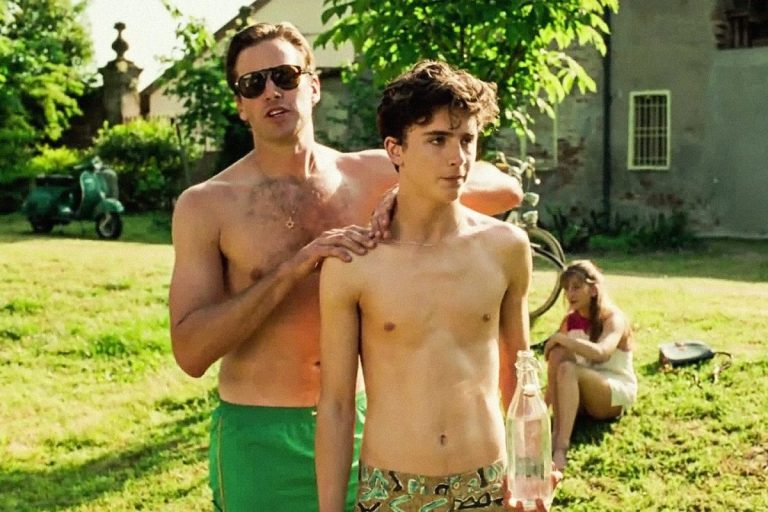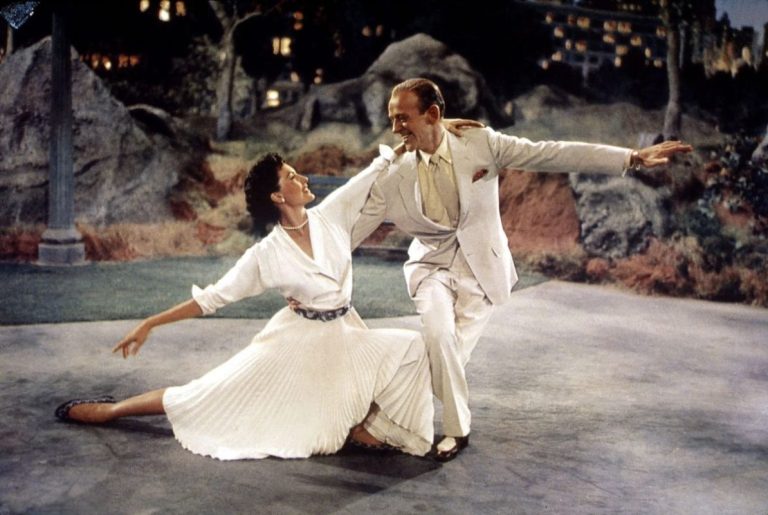With the advent of the third wave of feminism in the early 1990s, when new feminist currents such as intersectionality, sex positivity, transfeminism, and postmodern feminism were coming to the forefront, Candace Bushnell, an American author and journalist of the New York Observer, published her newspaper columns titled “Sex And The City” into a book of the same name in 1996. Later, Darren Star created a series based on the book, which premiered in 1998. The series spans around six seasons, and later, two films were made as an extension of the series. Both Candace Bushnell and Michael Patrick King, the director and writer of the series, however, depict feminism as devoid of intersectionality and transfeminism. They endorse white feminism vehemently, which makes their portrayal of feminism superficial to some extent.
Feminity in Sex And the City
Set in New York City, the series explicates the lives of four women- three in their mid-thirties and one in her forties who are best of friends. They confide in each other about their sexual and romantic lives and the problems surrounding them. Carrie Bradshaw, a journalist and writer(Sarah Jessica Parker); Charlotte York, an art dealer(Kristin Davis); Miranda Hobbes, a lawyer(Cynthia Nixon); and Samantha Jones, a publicist(Kim Cattrall). The four women remain inseparable throughout the series and the films, exploring their lives through the lens of their friendship and sexual encounters. The protagonist of the show, Carrie Bradshaw, who is Bushnell’s alter ego, is the narrator, analyzing both her and her friend’s lives, raising modern social issues like safe sex, sexual desire and preferences of women, and promiscuity.
Fashion and feminity are intertwined in the series; all the women after the show’s release, especially Carrie Bradshaw, became a sensational fashion icon who, wearing her Manolo Blahnik, strides across the city in search of fodder for her columns. The New York City represented in the series is enmeshed in the glam, resembling an unreal world where women need to adorn themselves in chic fashion in order to attract men. This whole theory of fashion and feminism going hand in hand brings in a class difference, definitely excluding minorities and, in a way, essentializing a standard look for women, where women dressed in a certain way are labeled as attractive and sensual. Thus, the feminism that the show renders is highly exclusive, making it deeply peripheral.
Prejudices of Othering and Racism
Though the show becomes groundbreaking for holding open discussions on sexuality and several issues related to it, keeping aside the characters of Stanford and Anthony, who are practically the only two gay men in the entire series, certain episodes expose the prejudice of these modern women such as in season 2 episode 10 titled as “Caste System” when Carrie and the girls pun on Charlotte’s date’s sexuality because he exudes the behavior of a gay-straight man, especially on Carrie’s part, this reveals her absolute pretense since she considers Stanford, a gay man to be her male best friend but doesn’t hesitate to consider Samantha’s date to be a laughing stock.
Similarly, in season 3, episode 4, over a brunch with her friends, Carrie describes bisexuality as a “layover on the way to gay town,” and Miranda backs her, stating bisexuality as “greedy” and a “problem.” The other instance is in season 3 when Carrie labels Mr. Big’s second wife, Natasha, as an idiot stick figure devoid of soul, mostly because of their age difference but most importantly because Big chose her over Carrie. These episodes are a classic case of othering.
Elements of racism are also evident in season 3, episode 5, titled “No Ifs, Ands or Butts,” when Samantha gets into an argument with the sister of a black man she is dating, using racially insensitive language and in season 3 episode 18 where Samantha gets annoyed by black trans sex workers whose yelling outside her apartment disrupts her sleep during midnight, Samantha resorts to a vulgar way to deal with this problem. She uses a derogatory slur for transgender people, even throwing a bucket of water on them one night, which is downright insensitive, making it one of the controversial episodes of the series.
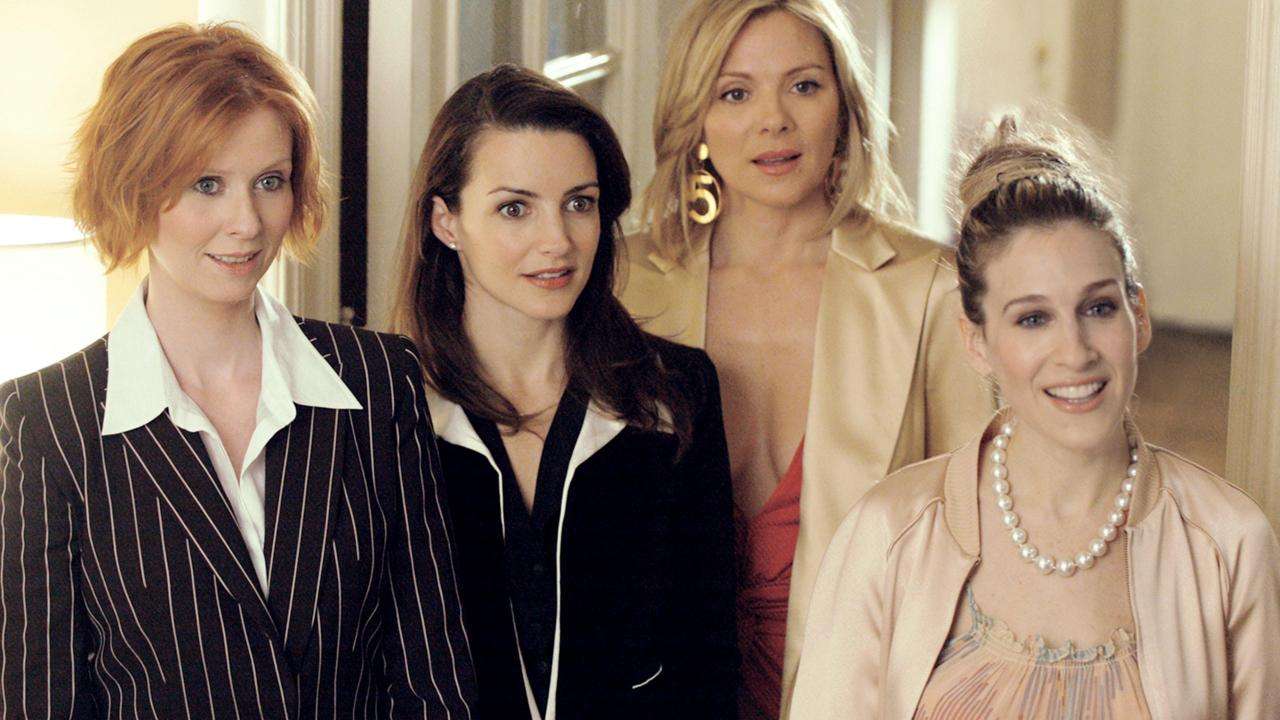
A show whose prime theme is to break all the stereotypes related to sexuality, these prejudices reveal the hypocrisy of Bushnell and the show’s makers who chose to be oblivious of the lgbtq and black feminism movements that were taking place in the 1990s. Apart from women’s sexuality and their desires, the other two primary themes that the show focuses on are the singlehood of a woman in her mid-thirties and, therefore, her quest to find love and settle down in life. This is evident in certain scenes, such as when Charlotte states, “I’ve been dating since I was 15! I’m exhausted! Where is he?” Or when Carrie states, “I am looking for love. Real love. Ridiculous, inconvenient, consuming, can’t-live-without- each-other love.” However, the kind of love explored in the franchise is complicated and pernicious to some extent.
Masculinity and Materialism
Among the four women, the on-and-off romantic relationship between Mr. Big (Chris North) and Carrie is the most hyped and famous in the entire franchise. Mr. Big is initially introduced in the first season by Samantha as the next Donald Trump, which implies that he is incredibly rich. In addition to that, what makes him more alluring is his charming and handsome looks. Carrie and Mr. Big, after a few chance encounters, get into a relationship, but it doesn’t work out well for both of them. Big, who is a divorced man in his early 40s, scarred by his first marriage and past romantic relationships, needs more time when it comes to being solely committed to a woman. In contrast, being emotionally carried away, Carrie demands stability and security, almost begging him to stand with her through the thick and thin of life.
Throughout the series, Mr. Big is this mysterious man whose profession is never disclosed, and his real name isn’t divulged until the last episode of the last season. He is like a New York magazine’s crossword puzzle that Carrie wishes to decode. The character of Mr. Big is inspired by Candace Bushnell’s real-life love interest, Ron Galotti, the former publisher of GQ and Talk magazine. He was a big personality in New York City, as shown in the series, and Bunshell, in one of her interviews with the New York Magazine in 2004, states, “I called him Mr. Big because he was like a big man on campus.”
Mr. Big is everything that Carrie aspires to become one day, beginning with his financial stability and acquiring his classic taste in music, food, and fashion. When Carrie asks Mr. Big if she’s the one, he refrains from answering the question. Also, he contradicts his own statement of never getting married by eventually marrying Natasha, a woman who is a complete antithesis of Carrie’s personality, leaving Carrie devastated. Interestingly, Carrie behaves exactly like Big when she turns down Aidan’s marriage proposal even after declaring that she loves him. Both Mr. Big and Carrie can never let go of each other because they are both drifters when it comes to emotions.
Moreover, Aidan, being a furniture designer, would have never been able to get along with Carrie’s extravagant lifestyle, whereas Big, who mostly makes his appearance in the show with his car and chauffeur, is a tycoon always highly appreciating Carrie’s fashion sense and style. Later in the first film, Carrie demands a big closet from Mr Big as her wedding gift to accommodate her collection of dresses and shoes. Big surprises her by gifting her the most fantastic closet, implying that their idea of love is somehow mercenary. In most of the scenes, when Mr. Big and Carrie make love, they share cigarettes together, symbolically referring to how self-destructive they are for each other. More than love, it’s materialism that ties both of them together in the long run.
Besides this fact, Mr. Big is a microcosm of New York City itself, a dazzling city of fashion and glamour as presented in the series. In episode 18 of season 4, when Big decides to leave New York City to shift to Napa, Carrie states, “You can’t leave New York. You’re the Chrysler Building!” which adds to one more reason why Carrie is obsessed with Mr. Big. Mr. Big is this unattainable figure, way out of Carrie’s league, a father figure almost because he addresses Carrie as a kid most of the time in the series. Carrie, therefore, yearns for this haven, a sense of security and warmth that she expects from Big and eventually gets after a lot of harrowing experiences.
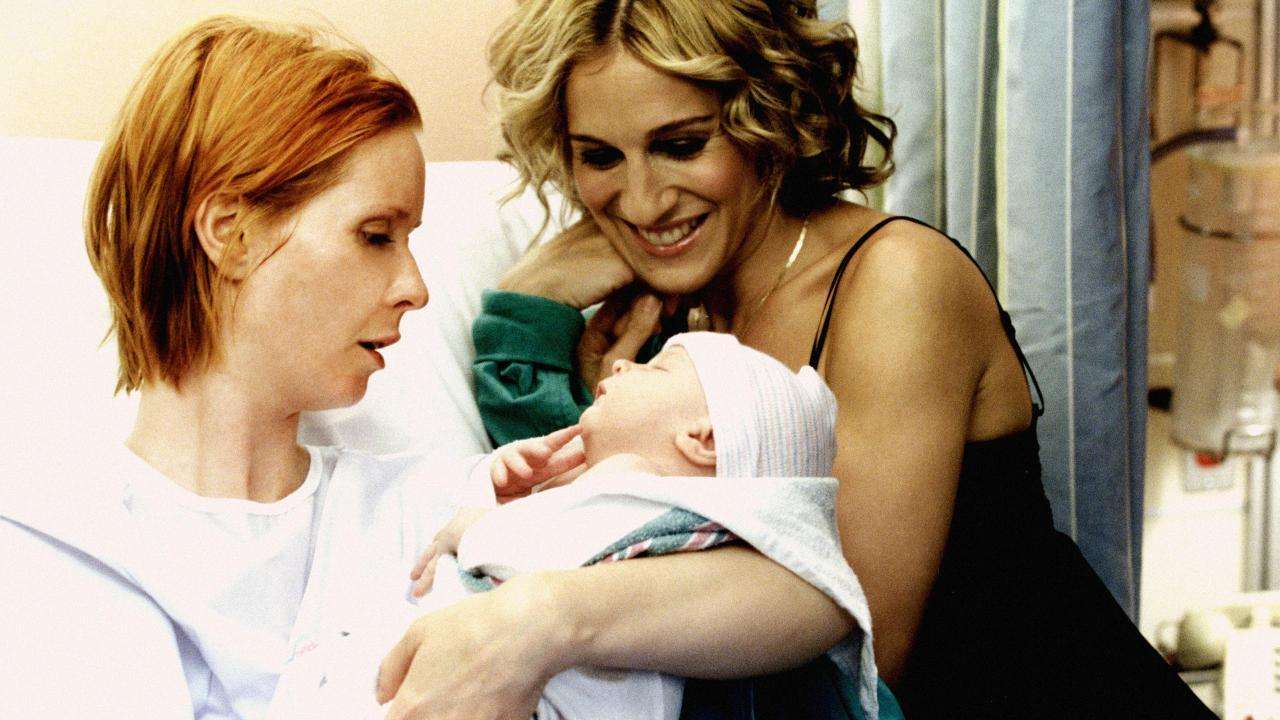
Masculinity and materialism go hand in hand with the entire franchise. Even Carrie’s other love interests with whom she wishes to settle down, for example – Bill Kelley, a powerful politician, and Aleksandr Petrovsky, a wealthy Russian artist. Charlotte’s husbands- Trey and Harry- are a rich doctor and lawyer, and Samantha’s serious love interests- Richard and Smith- are wealthy hotel managers and actors.
We see these male characters giving their women fancy gifts such as expensive jewelry, shoes, and dresses throughout the series, and these women go almost gaga over such gestures, which shows more than love. Big and his ilk, cloaked in luxury, cast an intoxicating spell on women like Samantha and Carrie, a glamour that dissipates when the harsh reality of their relationships emerges. Men like Steve (Miranda’s on-and-off love interest and later her husband), who is a bartender by profession, is often shown as an irrational and insecure man who feel intimidated when his girlfriend tries to gift him because she is a lawyer and has a more successful career than him. Their relationship starts to work out soon after Steve owns his own bar. Therefore, love, class, and status play an important role in uniting these couples.
‘Sex and the City’ is still a Cultural Touchstone for Female Empowerment and Friendship
Even as the “Sex and the City” franchise evolves to encompass a broader spectrum of experiences, the original series’ revolutionary exploration of female sexuality and the complexities of modern relationships continues to captivate audiences nearly a quarter of a century later. Foremost is the friendship shown between the four women—women being there for one another, appreciating and standing up for each other. Charlotte, in one of the episodes, states, “Maybe we can be each other’s soul mates. And then we can let men be just these great, nice guys to have fun with,” which, in a way, sums up the beautiful camaraderie shared between these four women. Secondly, the embracing of singlehood until a woman finds the right man.
It’s still very much prevalent in society to impose upon single women the burden of getting married soon or making them believe that they will end up being lonely if they take longer to figure it out. Still, Carrie says in one of the episodes, “Being single used to mean nobody wanted you. Now it means you’re pretty sexy, and you’re taking your time deciding how you want your life to be and who you want to spend it with”, a big shout out to Carrie for reminding us that life is too short, and we should be living it on our own terms.
Lastly, the franchise’s brilliance in dealing with the themes of body positivity, women’s financial empowerment, and self-love somehow set unrealistic, crooked expectations of getting the right guy at the right time. In the words of Carrie Bradshaw, “The most exciting, challenging, and significant relationship of all is the one you have with yourself. And if you find someone to love you that you love, well, that’s just fabulous.”
Airing over two decades ago, “Sex and the City” continues to captivate audiences with its groundbreaking portrayal of women’s sexual experiences and desires. A trailblazer in its time, the series shattered taboos and paved the way for more open discussions about female sexuality.


